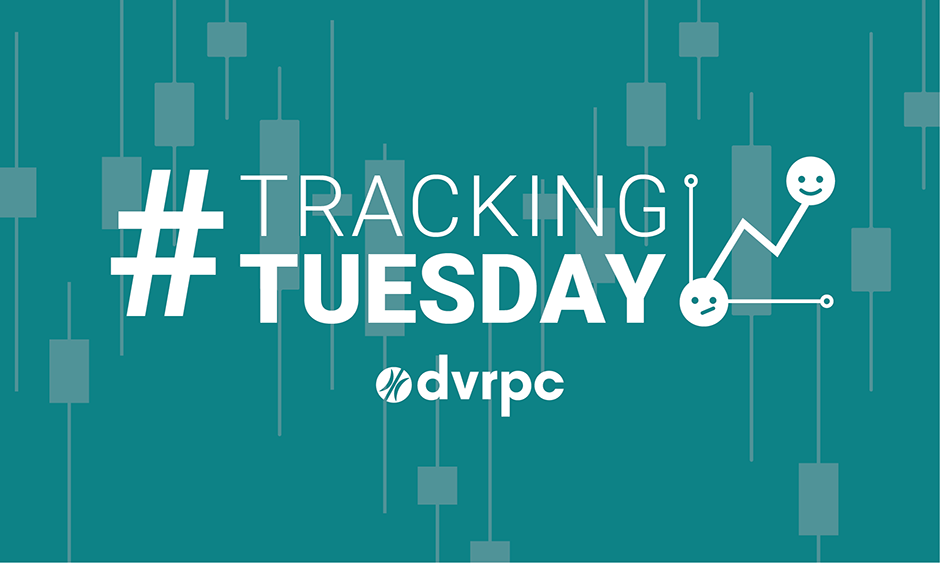
January 2, 2024
Connections 2050 sets a goal to grow a more equitable economy by fostering a high-skilled workforce, reducing poverty and the wealth gap, and improving school quality for all residents. A highly educated population can lead to a more prosperous region by increasing the earnings and job stability of residents, which in turn can lead to better economic performance and less income inequality. Research has found that increased education levels can also improve public health and lower crime rates, among other benefits.
Connections 2050 sets a goal to grow a more equitable economy by fostering a high-skilled workforce, reducing poverty and the wealth gap, and improving school quality for all residents. A highly educated population can lead to a more prosperous region by increasing the earnings and job stability of residents, which in turn can lead to better economic performance and less income inequality. Research has found that increased education levels can also improve public health and lower crime rates, among other benefits.
Newly released educational attainment data from the US Census Bureau shows that the percentage of the region’s population who have obtained high school diplomas continued to increase in 2022. However, there is still a notable disparity in degree attainment between the region’s core cities and areas outside of them. In 2022, 95.4% of residents over the age of 24 in the region’s suburbs obtained a high school diploma, versus 85.8% of residents in the region’s core cities, an almost 10% difference. In 2017, the last time this data was released, there was a roughly 12% difference. Though the gap has narrowed since 2017, it remains too wide. On a positive note, the percentage of residents obtaining all types of degrees has consistently been rising throughout the region, with this trend continuing in 2022 despite the COVID-19 pandemic, a major disrupting event. To see the educational attainment data further broken down at various regional geographies, go to the “How are we doing?” tab in the Educational Attainment Indicator.
Tracking Progress also provides data and trends for the attainment of degrees past high school. In 2005, 1,144,212 residents had at least a bachelor's degree. In 2022, that number rose to 1,770,545, a 55% increase. More work can always be done to increase the percentage of residents who complete high school and obtain higher degrees, which in turn can lead to benefits like increasing household earnings and decreasing the wealth gap, in alignment with our Connections 2050 goals.
Want to download the data for your own use? Under each chart, find a link to the data in DVRPC’s Data Catalog. You can also explore other indicators in Tracking Progress, DVRPC’s interactive dashboard for exploring Greater Philadelphia’s progress toward the Connections 2050 regional Vision.